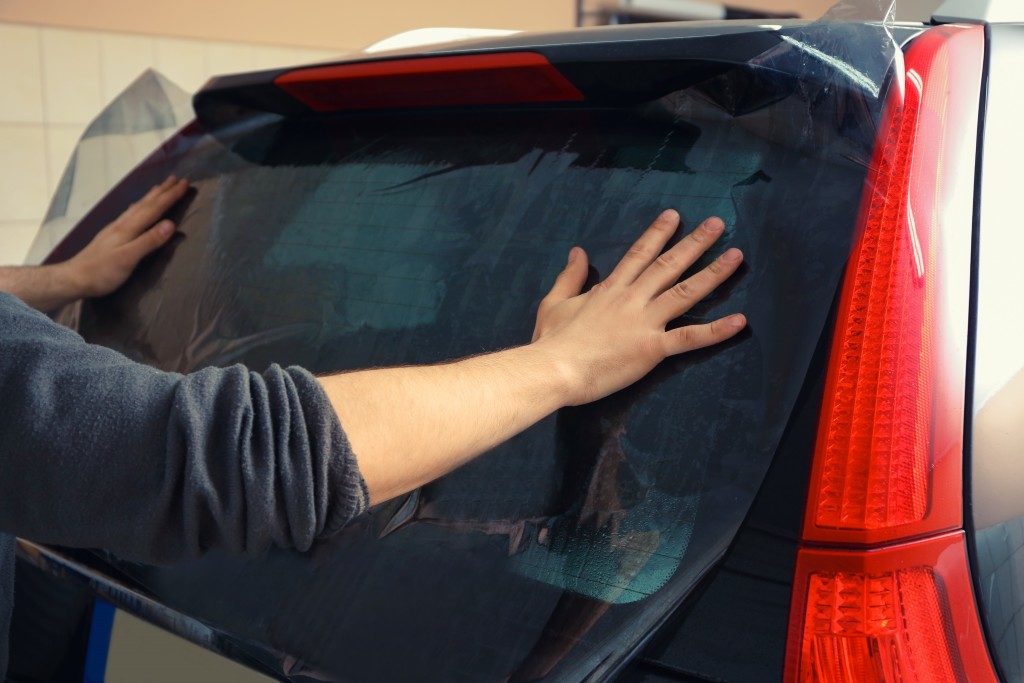Windows gives us a glimpse into the world beyond our confined spaces, but we also need to protect ourselves from the dangers lurking outside. A window tint provides a level of protection and a sense of security. Tinted windows can be applied on buildings for architectural flair, but it is commonly used in the automotive industry.
Car tints prevent excessive radiant heat from the outside to penetrate the interiors. Sunlight has a high concentration of UV rays which can damage upholstery in cars. Lush leather interiors may wear out easily and the car seat covers will degrade in no time.
Reflecting radiant heat also regulates the temperature inside a car. It only allows a tolerable amount of sunlight to pass through the window, enough to feel the heat of the summer while enjoying a cruise around town – given that South Carolina experiences hot humid summers.
The subtropical climate in SC during summer offers a fantastic view of the surroundings. Missing out on this view while keeping air-conditioning on in the car is not an option when there are qualified installers in Charleston for window films for cars.
Car tints in darker shade deter would be thieves from breaking into a car as it tints deflect what can be seen from outside. Variations of tint shades and brands are widely available, but tinting laws from different states should be taken into consideration.
What makes these films effective against light and temperature?
It’s no magic, but there is a lot of science involved in creating tint films for automotive. Window film starts out as a plain plastic film and is sprayed or passed through solutions to get the desired effect for use in cars. Here are some of the main tint film types available in the market:
-
Dyed tint film.
Consisted of an adhesive and protective top layer, the adhesive makes for easy installation while the topcoat protects the window from accidental scratches. Dyed tints are popular among car owners due to its reasonable price while having an ability to prevent enough heat and glare from entering the car.
-
Metalized tint.
Embedded in the film are metallic particles that make it thicker and more durable than dyed film. Its reflective surface is noticeable than that of dyed tint, but it is effective for the reduction of heat and glare.
-
Hybrid window tint.
A combination of dyed and metalized tints, except that it is lighter in appearance from the aforementioned tint types. It doesn’t compromise in performance as the hybrid film has the best qualities from both dyed and metalized tint. Making it more effective in blocking heat, glare, and UV and has increased durability.
-
Ceramic window tint.

A product of nanotechnology, ceramic particles are embedded in the film to provide better heat regulation than the hybrid, dyed, and metalized films. It also offers better glare control, UV protection, and scratch resistance far above the over types.
The possibility of choosing a car tint type is endless because it is a customized experience. Different car users have a different type of needs for car tints. What’s important is how it works for each car owner, and how it completes the aesthetic appeal of the car.
